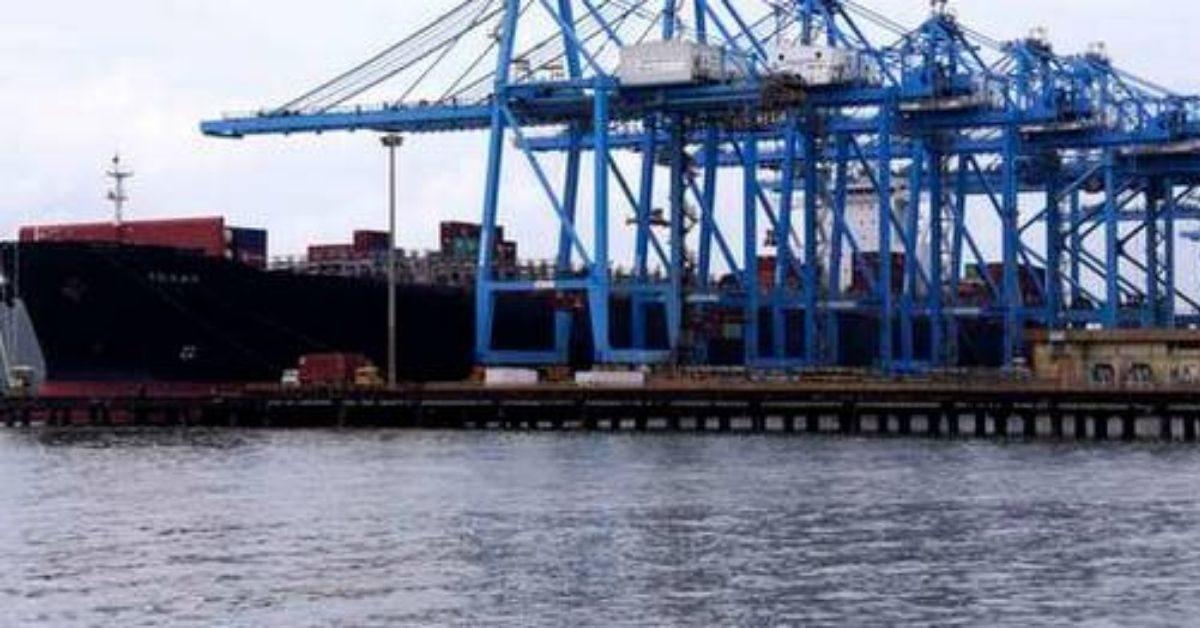The Ministry of Ports, Shipping, and Waterways intends to establish a model concession agreement for port projects that use the equip, operate, and transfer (EOT) and operation and maintenance (O&M) models. A concession agreement establishes the terms and conditions of a port contract while also kicking off the project.
Until now, the Centre’s ports have adhered to the model concession agreement (MCA) finalised by the Ministry for Build, Operate, and Transfer (BOT) port projects with a 30-year concession tenure. The Ministry updated the MCA for BOT port projects in November of last year to make it more appealing to bidders and bankable to lenders. The drafting of a separate MCA for EOT and O&M contracts assumes importance in the backdrop of a recent structural change in the governance of State-owned ports.
The ‘port authority’ formed for each of the 11 ports under the Major Port Authorities Act 2021 will play the role of a landlord — a model widely followed around the world, where a publicly governed port authority acts as a regulatory body and a landlord, while private firms carry out port operations, primarily cargo handling activities. In exchange, the landlord port receives a portion of the revenue generated by the private enterprise. Furthermore, under the government’s national monetisation pipeline (NMP), operational infrastructure assets such as port terminals would be privatised under the public-private-partnership (PPP) approach.
The NMP has listed 31 cargo berths across nine major ports for privatisation by 2025. The port authorities will have to pursue different models such as EOT and O&M while monetising operational cargo handling terminals depending on traffic and viability compared to the development of new terminals which typically follow the BOT format, where the terms are different.







